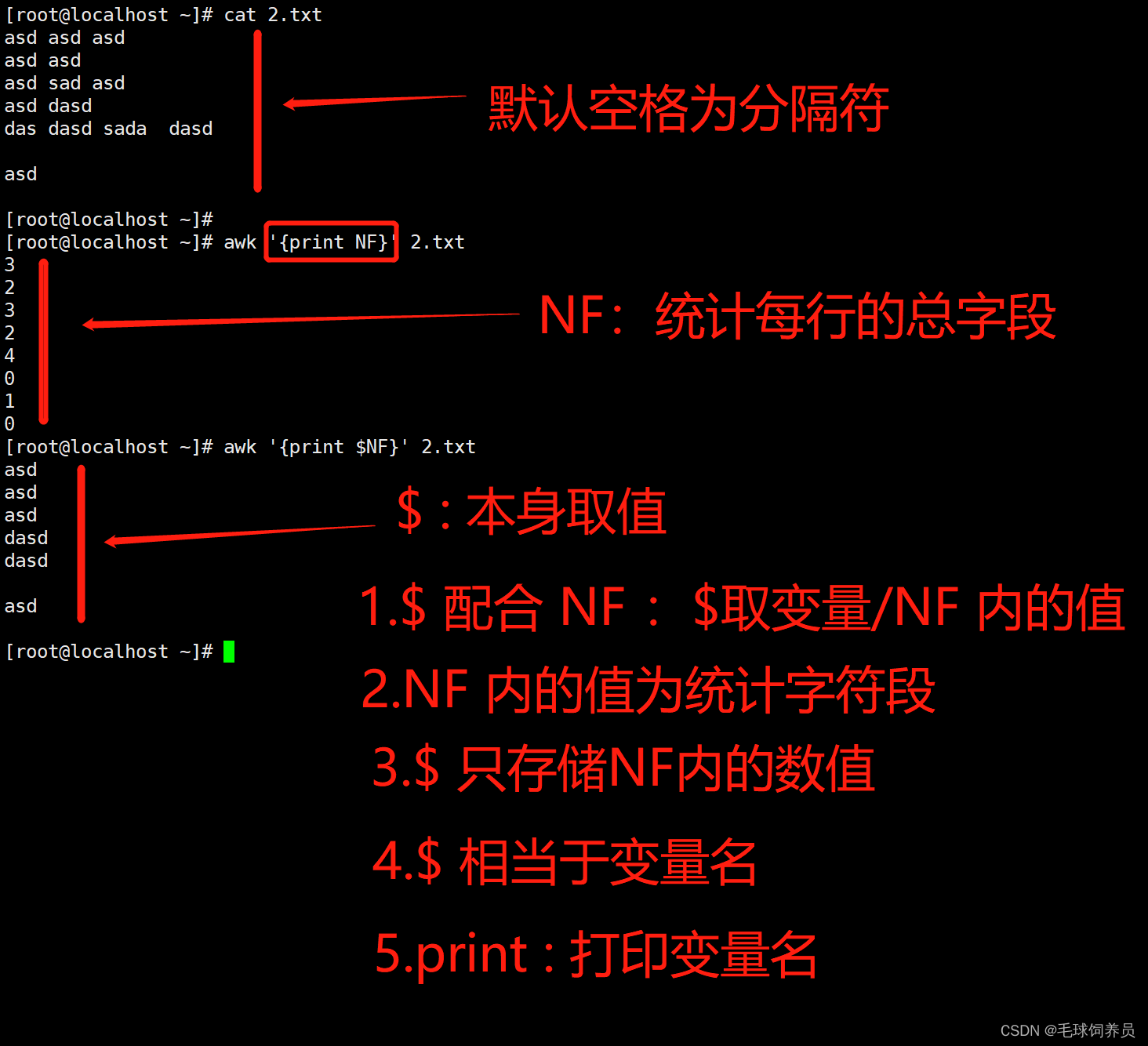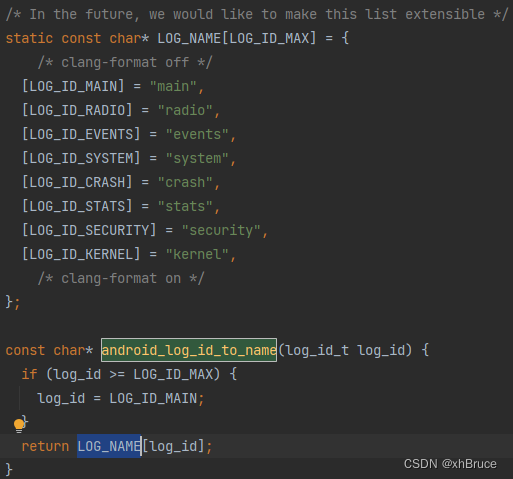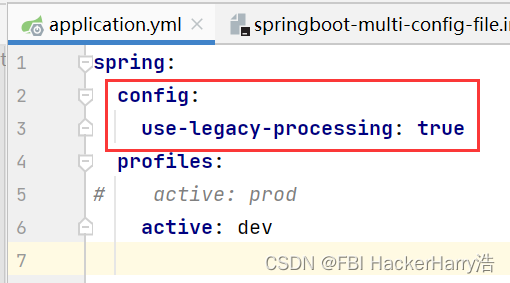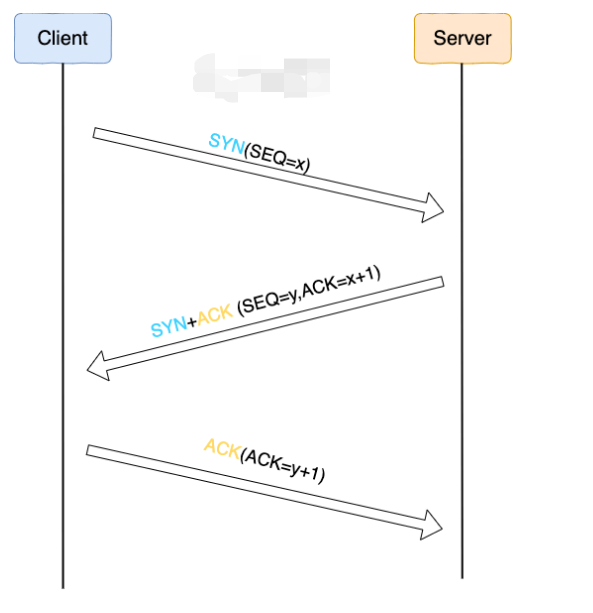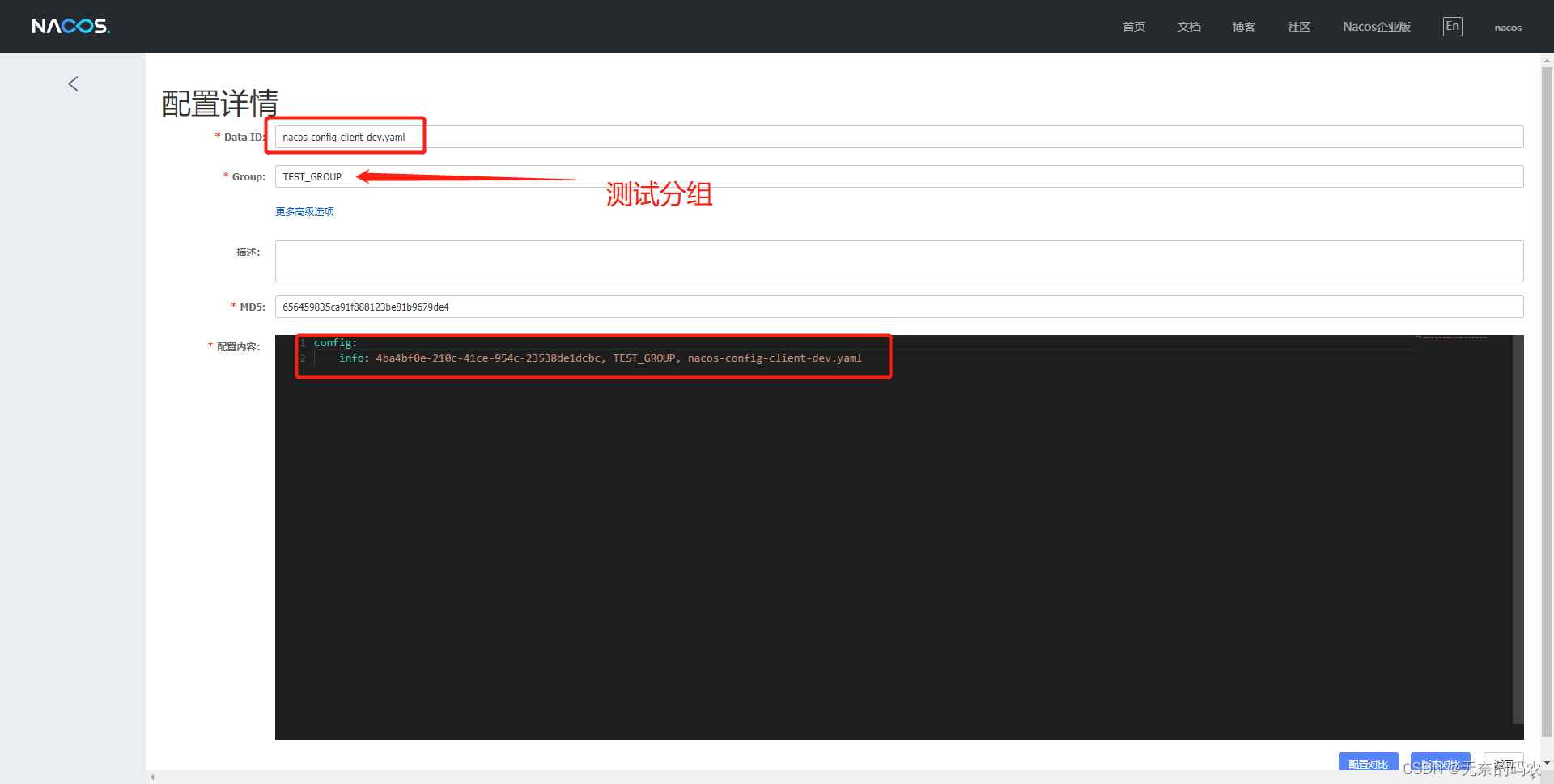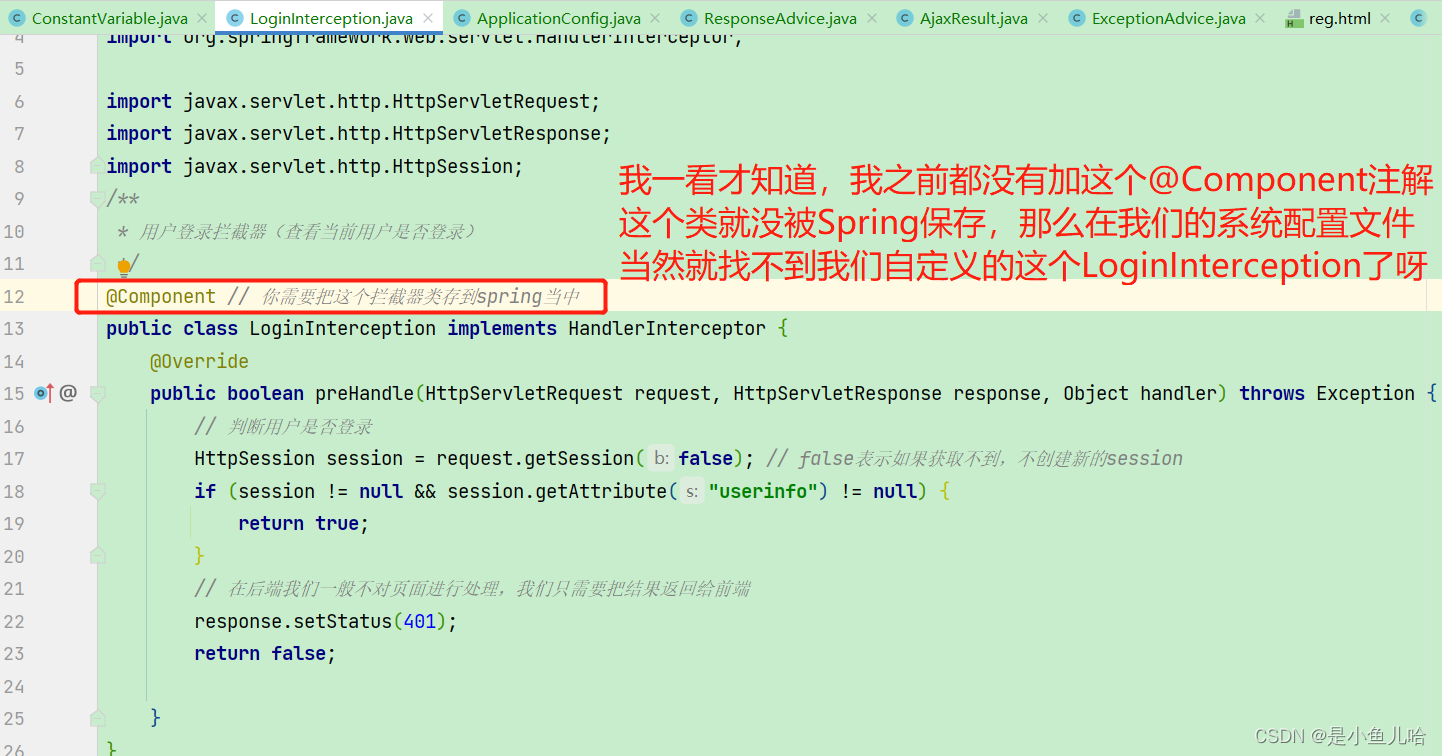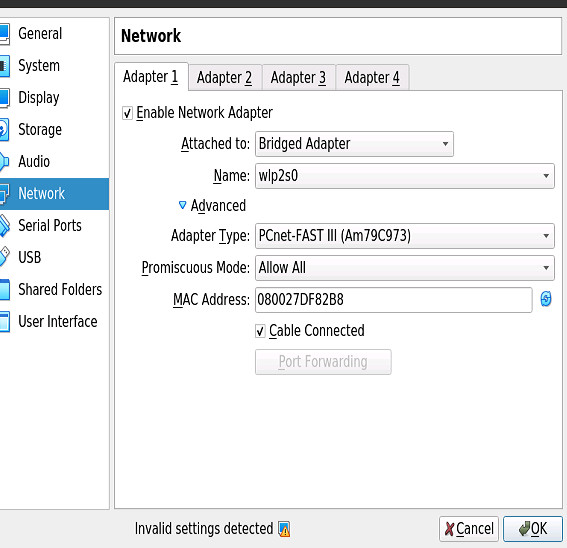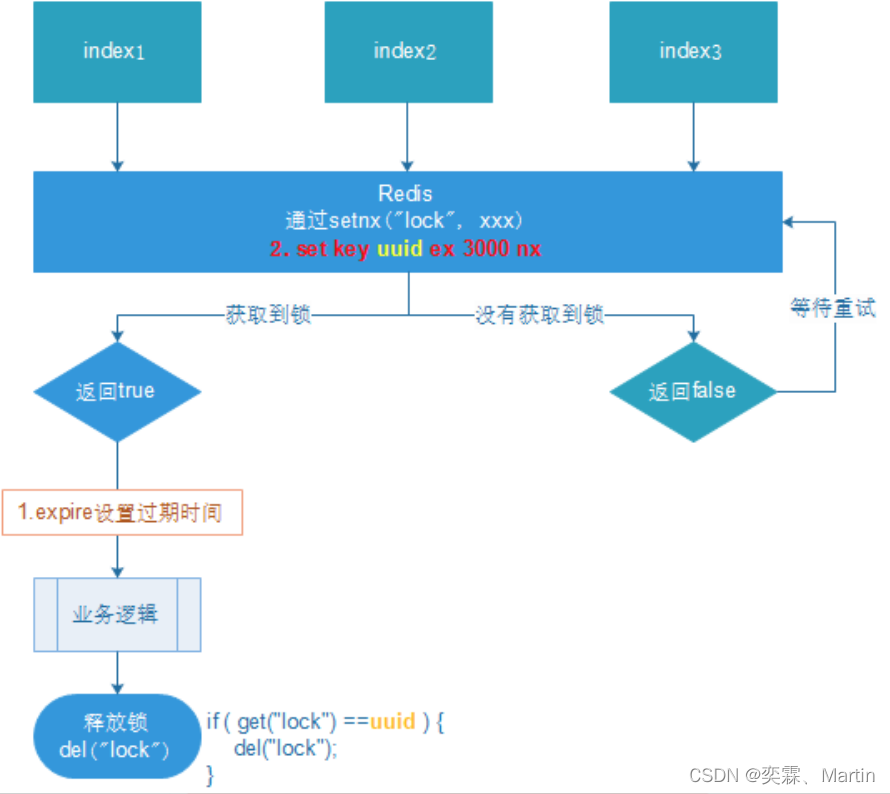Nginx网站服务及优化
- 一、简介
- 1、Nginx概述
- 2、Nginx和Apache的优缺点比较
- 3、Nginx和Apache最核心的区别
- 二、Linux中的I/O
- 三、Nginx编译安装详细
- 1、关闭防火墙、安装依赖关系
- 2、新建用户nginx便于管理
- 3、将压缩包传入到/opt目录下,编译安装
- 4、做软连接并启动nginx
- 5、创建nginx自启动文件
- 6、验证
- 四、Nginx访问控制
- 1、nginx服务的主配置文件
- 2、全局配置
- 3、I/O事件配置
- 4、http配置
- 5、隐藏版本号
- 五、Nginx平滑升级1.18--1.20
- 1、上传所需软件包
- 2、修改进程数字,并且查看nginx进程
- 3、重新编译,不安装
- 4、备份旧版本,用新版本覆盖旧版本
- 5、验证
- 六、访问状态统计配置
- 1、判断Nginx -V是否包含http_stub_status模块
- 2、修改主配置文件,指定访问位置并添加stub_status配置
- 七、基于授权的访问控制
- 1、生成用户密码认证文件
- 2、修改主配置文件对应的目录,添加认证配置
- 3、重新加载配置文件,检查语法并登录
- 八、基于客户端的访问控制
- 九、基于域名的访问控制
- 1、添加虚拟网卡
- 2、修改配置文件
- 3、创建不同IP地址访问的目录
- 4、网页验证
- 十、基于端口的访问控制
- 1、修改端口
- 2、网页验证
- 总结
一、简介
1、Nginx概述
Nginx:
Nginx是一个高性能的HTTP和反向代理服务器。是一款轻量级的高性能的web服务器/反向代理服务器/电子邮件(IMAP/POP3)代理服务器,单台物理服务器可支持30 000~50 000个并发请求。
Apache:
Apache是以进程为基础的结构,进程要比线程消耗更多的系统开支,不太适用于多处理器环境,因此,在一个apache Web站点扩容时,通常是增加服务器或扩充群集节点而不是增加处理器。
2、Nginx和Apache的优缺点比较
(1)nginx相对于apache的优点:
轻量级,同样起web服务,比apache占用更少的内存及资源抗并发,nginx处理请求是异步非阻塞的,而apache是阻塞型的在高并发下,nginx能保持低资源低消耗高性能。高度模块化的设计,编写模块相对简单。
(2)apache相对于nginx的优点∶
Rewrite比nginx的rewrite强大 (rewrite的主要功能就是实现统一资源定位符URL的跳转)
模块多,基本想到的都可以找到、少bug, nginx的bug相对较多、超稳定。
一般来说,需要性能的web服务,用nginx。若不需要性能只求稳定,就选用apache。
3、Nginx和Apache最核心的区别
apache是同步多进程模型,一个连接对应一个进程,nginx是异步的,多个连接可以对应一个进程。
Nginx处理静态文件好, 耗费内存少,只适合静态和反向。
Apache在处理动态有优势。
nginx并发性比较好, CPU占用内存低,如果rewrite频繁,选用apache最佳。
二、Linux中的I/O
I/O在计算机中指Input/Output,lOPS (Input/Output Per Second)即每秒的输入输出量(或读写次数),是衡量磁盘性能的主要指标之一。IOPS是指单位时间内系统能处理的I/O请求数量,一般以每秒处理的IO请求数量为单位,I/O请求通常为读或写数据操作请求。
同步/异步:注的是消息通信机制,即调用者在等待一件事情的处理结果时,被调用者是否提供完成状态的通知。
同步: synchronous,被调用者并不提供事件的处理结果相关的通知消息,需要调用者主动询问事情是否处理完成
异步: asynchronous,被调用者通过状态、通知或回调机制主动通知调用者被调用者的运行状态。
阻塞/非阻塞: 关注调用者在等待结果返回之前所处的状态。
阻塞: blocking,指I/O操作需要彻底完成后才返回到用户空间,调用结果返回之前,调用者被挂起,干不了别的事情。
非阻塞: nonblocking,指IO操作被调用后立即返回给用户一个状态值,而无需等到IO操作彻底完成,在最终的调用结果返回之前,调用者不会被挂起,可以去做别的事情。
三、Nginx编译安装详细
1、关闭防火墙、安装依赖关系
1. #关闭防火墙
[root@localhost opt]#systemctl stop firewalld
[root@localhost opt]#setenforce 0
2. #安装依赖关系包
[root@localhost opt]#yum -y install gcc pcre-devel openssl-devel zlib-devel
2、新建用户nginx便于管理
#新建用户 nginx 服务程序默认 以 nobody 身份运行,建议为其创建专门的用户账户,以便更准确的控制访问权限
[root@localhost opt]#useradd -M -s /sbin/nologin nginx
3、将压缩包传入到/opt目录下,编译安装
4.#切换至opt目录,将下载好的压缩包传进来
[root@localhost opt]#cd /opt
[root@localhost opt]#ls
nginx-1.18.0.tar.gz
5.#解压文件
[root@localhost opt]#tar -zxf nginx-1.18.0.tar.gz
[root@localhost opt]#ls
nginx-1.18.0 nginx-1.18.0.tar.gz
6.#切换至解压后的文件夹编译
[root@localhost opt] mkdir /apps/nginx -p
[root@localhost opt] cd /nginx-1.18.0
[root@localhost nginx-1.18.0]#
./configure --prefix=/apps/nginx \
--user=nginx \
--group=nginx \
--with-http_ssl_module \
--with-http_v2_module \
--with-http_realip_module \
--with-http_stub_status_module \
--with-http_gzip_static_module \
--with-pcre \
--with-stream \
--with-stream_ssl_module \
--with-stream_realip_module
//解释
--prefix=/usr/local/nginx \
#安装路径
--user=nginx \
#指定用户名
--group=nginx \
#指定用户组
--with-http_stub_status_module
#启用此模块支持状态统计
//
7.#安装
[root@localhost nginx-1.18.0]#make && make install -j4
4、做软连接并启动nginx
8. #修改权限
chown -R nginx.nginx /apps/nginx
9. #做软连接,让系统识别nginx的操作命令
[root@localhost sbin]#ln -s /apps/nginx/sbin/nginx /usr/sbin/
10. #检查配置文件是否配置 正确
[root@localhost sbin]#nginx -t
5、创建nginx自启动文件
1.vim /usr/lib/systemd/system/nginx.service
#建立文件
[Unit]
Description=nginx - high performance web server
Documentation=http://nginx.org/en/docs/
After=network-online.target remote-fs.target nss-lookup.target
Wants=network-online.target
[Service]
Type=forking
PIDFile=/apps/nginx/run/nginx.pid
#注意文件位置,如果不对 启动不了
ExecStart=/apps/nginx/sbin/nginx -c /apps/nginx/conf/nginx.conf
#注意启动文件位置
ExecReload=/bin/kill -s HUP $MAINPID
ExecStop=/bin/kill -s TERM $MAINPID
[Install]
WantedBy=multi-user.target
2.[root@localhost sbin]#mkdir /apps/nginx/run/
#创建目录
3.[root@localhost sbin]#vi /apps/nginx/conf/nginx.conf
#修改配置文件
pid /apps/nginx/run/nginx.pid;
#找到 pid的位置修改
4.[root@localhost opt]#nginx -t
#测试配置是否有问题
5.[root@localhost sbin]#systemctl daemon-reload
#重新加载配置
6.[root@localhost sbin]#systemctl restart nginx.service
#重新启动ngin服务
6、验证

四、Nginx访问控制
1、nginx服务的主配置文件
[root@localhost system]#vim /usr/local/nginx/conf/nginx.conf
2、全局配置
#user nobody; ##运行用户
worker_processes 1; ##工作进程数,可配置成服务器内核数*2,如果网站访问量不大,一般设为1就够用了
#error_log logs/error.log; ####错误日志文件的位置
#pid logs/nginx.pid; ####PID文件的位置

3、I/O事件配置
events {
use epoll; #使用 epoll 模型以提高性能,2.6 以上版本建议使用
worker_connections 4096; #每个进程处理4096个连接
}

epoll(socket描述符)是Linux内核]为处理大批量文件描述符而作了改进的poll,是Linux下多路复用IO接口select/poll的增强版本,它能显著提高程序在大量并发连接中只有少量活跃的情况下的系统CPU利用率
若工作进程数为 8,每个进程处理 4 096 个连接,则允许 Nginx 正常提供服务的连接数 已超过 3 万个(4 096×8=32 768),当然具体还要看服务器硬件、网络带宽等物理条件的性 能表现。
如提高每个进程的连接数还需执行"ulimit -n 65535"命令临时修改本地每个进程可以同时打开的最大文件数。
在Linux平台.上,在进行高并发TCP连接处理时,最高的并发数量都要受到系统对用户单一进程同时可打开文件数量的限制(这是因为系统为每个TCP连接都要创建一个socket句柄,每个socket句柄同时也是一个文件句柄)。
可使用ulimit -a命令查看系统允许当前用户进程打开的文件数限制。
#查看系统允许当前用户进程打开的文件数
[root@localhost conf]#ulimit -a
core file size (blocks, -c) 0
data seg size (kbytes, -d) unlimited
scheduling priority (-e) 0
file size (blocks, -f) unlimited
pending signals (-i) 6911
max locked memory (kbytes, -l) 64
max memory size (kbytes, -m) unlimited
open files (-n) 1024
pipe size (512 bytes, -p) 8
POSIX message queues (bytes, -q) 819200
real-time priority (-r) 0
stack size (kbytes, -s) 8192
cpu time (seconds, -t) unlimited
max user processes (-u) 6911
virtual memory (kbytes, -v) unlimited
file locks (-x) unlimited

#临时修改本地每个进程可以同时打开的最大文件数
[root@localhost conf]#ulimit -n 6000
#查看修改后的
[root@localhost conf]#ulimit -a
core file size (blocks, -c) 0
data seg size (kbytes, -d) unlimited
scheduling priority (-e) 0
file size (blocks, -f) unlimited
pending signals (-i) 6911
max locked memory (kbytes, -l) 64
max memory size (kbytes, -m) unlimited
open files (-n) 6000
pipe size (512 bytes, -p) 8
POSIX message queues (bytes, -q) 819200
real-time priority (-r) 0
stack size (kbytes, -s) 8192
cpu time (seconds, -t) unlimited
max user processes (-u) 6911
virtual memory (kbytes, -v) unlimited
file locks (-x) unlimited
4、http配置
使用“http { }”界定标记,包括访问日志、HTTP 端口、网页目录、默认字符集、连接保 持,以及后面要讲到的虚拟 Web 主机、PHP 解析等一系列设置,其中大部分配置语句都包 含在子界定标记“server { }”内
http {
include mime.types; ##文件扩展名与文件类型映射表
default_type application/octet-stream; ##默认文件类型
##日志格式设定
#log_format main '$remote_addr - $remote_user [$time_local] "$request" '
# '$status $body_bytes_sent "$http_referer" '
# '"$http_user_agent" "$http_x_forwarded_for"';
#access_log logs/access.log main; #日志格式设定
sendfile on; ##支持文件发送(下载)
##此选项允许或禁止使用socket的TCP cORK的选项(发送数据包前先缓存数据),此选项仅在使用sendfile的时候使用
#tcp_nopush on;
##连接保持超时时间,单位是秒
#keepalive_timeout 0;
keepalive_timeout 65;
#gzip on; ##gzip模块设置,设置是否开启gzip压缩输出
server {
listen 80; ##监听地址及端口
server_name www.zzt.com; ##站点域名,可以有多个,用空格隔开
#charset utf-8; #网页的默认字符集
#access_log logs/host.access.log main;
location / { ##根目录配置
root html; ##网站根目录的位置/usr/local/nginx/html
index index.html index.htm; ##默认首页文件名
}
#error_page 404 /404.html;
# redirect server error pages to the static page /50x.html
#
error_page 500 502 503 504 /50x.html; ##内部错误的反馈页面
location = /50x.html { ##错误页面配置
root html;
}


5、隐藏版本号
[root@localhost conf]#vim /apps/nginx/conf/nginx.conf #进入配置文件进行修改
http {
include mime.types;
default_type application/octet-stream;
server_tokens off; #关闭版本号
}
[root@localhost conf]#nginx -s reload #重新加载配置文件
[root@localhost conf]#nginx -t #检查语法

五、Nginx平滑升级1.18–1.20
1、上传所需软件包

2、修改进程数字,并且查看nginx进程


3、重新编译,不安装
[root@localhost nginx-1.20.2]#./configure --prefix=/apps/nginx --user=nginx --group=nginx --with-http_ssl_module --with-http_v2_module --with-http_realip_module --with-http_stub_status_module --with-http_gzip_static_module --with-pcre --with-stream --with-stream_ssl_module --with-stream_realip_module



4、备份旧版本,用新版本覆盖旧版本
[root@localhost nginx-1.20.2]#mv /apps/nginx/sbin/nginx /apps/nginx/sbin/nginx.bak #将低版本的nginx主程序改名
[root@localhost nginx-1.20.2]#cp objs/nginx /apps/nginx/sbin/ #将新版本 拷入进去

[root@localhost nginx-1.20.2]#/apps/nginx/sbin/nginx -t #检查下语法问题
nginx: the configuration file /apps/nginx/conf/nginx.conf syntax is ok
nginx: configuration file /apps/nginx/conf/nginx.conf test is successful

5、验证




六、访问状态统计配置
1、判断Nginx -V是否包含http_stub_status模块
[root@localhost nginx]#/apps/nginx/sbin/nginx -V #查看已安装的Nginx是否包含HTTP_STUB_STATUS模块
[root@localhost nginx]#cat /opt/nginx-1.20.2/auto/options |grep YES |head #可查看nginx已安装的所有模块


2、修改主配置文件,指定访问位置并添加stub_status配置
[root@localhost nginx]#cd conf/
[root@localhost conf]#cp nginx.conf nginx.conf.bak #复制备份
[root@localhost conf]#vim /apps/nginx/conf/nginx.conf #编辑主配置文件
......
http {
......
server {
listen 80;
server_name www.zhangtai.com;
charset utf-8;
location / {
root html;
index index.html index.php;
}
##添加 stub_status 配置##
location /status { #访问位置为/status
stub_status on; #打开状态统计功能
access_log off; #关闭此位置的日志记录
}
}
}


七、基于授权的访问控制
1、生成用户密码认证文件
[root@localhost conf]#yum install -y httpd-tools
[root@localhost conf]#htpasswd -c /apps/nginx/passwd.db zhangsan
[root@localhost conf]#chown nginx /apps/nginx/passwd.db
[root@localhost conf]#chmod 400 /apps/nginx/passwd.db


2、修改主配置文件对应的目录,添加认证配置
[root@localhost conf]#vim /apps/nginx/conf/nginx.conf
location / {
root html;
index index.html index.php;
auth_basic "secret";
auth_basic_user_file /apps/nginx/passwd.db;
}

3、重新加载配置文件,检查语法并登录


八、基于客户端的访问控制
[root@localhost conf]#vim /apps/nginx/conf/nginx.conf
......
server {
location / {
......
##添加控制规则——从上向下读取##
deny 192.168.10.130; #拒绝访问的客户端 IP
allow all; #允许其它IP客户端访问
}
}
[root@localhost conf]#nginx -s reload
九、基于域名的访问控制
1、添加虚拟网卡
[root@localhost conf]#ifconfig ens33:0 192.168.10.122 netmask 255.255.255.0

2、修改配置文件
server {
listen 192.168.10.130:80;
server_name www.zhantai.com;
charset utf-8;
access_log logs/www.zhantai.access.log;
location / {
root /apps/nginx/html/zhantai;
index index.html index.php;
}
}
server {
listen 192.168.10.122:80;
server_name www.zzt.com;
charset utf-8;
access_log logs/www.zzt.access.log;
location / {
root /apps/nginx/html/zzt;
index index.html index.php;
}
}


3、创建不同IP地址访问的目录
[root@localhost conf]#mkdir -p /apps/nginx/html/zhantai
[root@localhost conf]#echo "<h1>www.zhantai.com</h1>" >/apps/nginx/html/zhantai/index.html
[root@localhost conf]#mkdir -p /apps/nginx/html/zzt
[root@localhost conf]#echo "<h1>www.zzt.com</h1>" > /apps/nginx/html/zzt/index.html
[root@localhost conf]#nginx -s reload
[root@localhost conf]#systemctl restart nginx

4、网页验证

十、基于端口的访问控制
1、修改端口
server {
listen 192.168.10.130:9090;
server_name www.zhantai.com;
charset utf-8;
access_log logs/www.zhantai.access.log;
location / {
root /apps/nginx/html/zhantai;
index index.html index.php;
}
}
server {
listen 192.168.10.122:8080;
server_name www.zzt.com;
charset utf-8;
access_log logs/www.zzt.access.log;
location / {
root /apps/nginx/html/zzt;
index index.html index.php;
}
}


2、网页验证

总结
Nginx支持的最大并发量取决于CPU与系统允许进程最大读取文件数。
Nginx的单线程处理数不能大于系统允许进程最大读取文件数。
Nginx可以配置多种类型的虚拟主机,分别是基于 IP 的虚拟主机、基于域名的虚拟主机、基于端口的虚拟主机。



